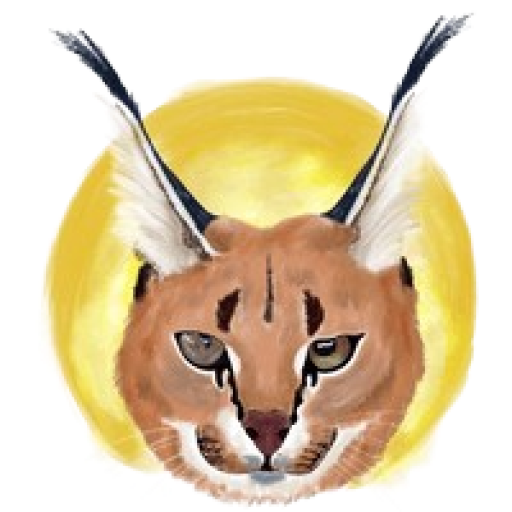Key Takeaways
- The third annual Runway AI Film Festival celebrated a new era of filmmaking, showcasing movies created using artificial intelligence.
- “Total Pixel Space” by Jacob Adler won the festival, crafted with AI tools like image generators, synthetic voices, and Runway’s video animation technology.
- AI is dramatically lowering financial and technical hurdles in filmmaking, making it accessible to a much broader audience.
- This technological shift is described as creating a “new kind of media,” potentially changing how we define films and filmmakers.
- Experts compare this moment to the invention of photography, suggesting a fundamental change in creative expression and storytelling.
Alice Tully Hall recently hosted the third annual Runway AI Film Festival, a vibrant showcase for an entirely new art form. The festival’s top honor went to “Total Pixel Space,” a film conceived and created not in the traditional way, but through the innovative use of artificial intelligence by Jacob Adler.
Adler, a composer and educator, pieced together his award-winning film using a variety of AI tools. These included image generators, synthetic voice technology, and video animation software, notably employing Runway’s Gen-3 text-to-video model.
The rise of AI video generation, which first captured public imagination in 2022, is fundamentally transforming the landscape of filmmaking. It’s breaking down old barriers, making it easier and more affordable for individuals to express their creative visions.
Both independent creators and established filmmakers now have access to potent AI tools. Platforms like Runway can generate realistic video scenes, animate storyboards, or even produce entire short films from simple text prompts or reference images.
As a result, production costs are shrinking and project timelines are becoming shorter. This allows filmmakers with limited resources to achieve professional-quality results and bring ambitious ideas to life, democratizing content creation far beyond traditional studio constraints.
Jacob Adler found inspiration for his film in Jorge Luis Borges’ story “The Library of Babel,” which envisions an infinite library containing every possible book. According to Forbes, Adler saw a parallel with modern AI models capable of producing an astounding variety of images from text prompts.
His film, “Total Pixel Space,” delves into the sheer number of possible images that can exist. It features a dreamlike narration and fantastical AI-generated visuals, such as a floating, exploding building and a giant housecat, exploring the space between order and chaos.
The film’s AI-generated voice explains that pixels are the basic components of digital images. Since each pixel is defined by numbers, any digital image—and indeed, every frame of every possible film—can be thought of as existing as a set of coordinates in a vast space of possibility.
Runway, the company behind the AI film festival, was co-founded in 2018 by Cristóbal Valenzuela, who was captivated by neural networks and their creative potential. Today, Runway is a widely used platform, distinctive for developing its own AI models from scratch.
Valenzuela describes the output seen at the festival as “a new kind of media.” He suggested that familiar terms like “film” and “filmmaker” might not fully capture this evolving art form, and that future art schools will teach something for which we don’t yet have a name.
Interestingly, Adler himself is not a filmmaker by training but a classically trained composer. He sees a connection between composing music and editing film, as both involve “orchestrating change through time.” He used various AI tools for image generation, animation, and voice synthesis, scripting the philosophical narrative himself.
While some might see AI filmmaking as the next step in a long evolution, from early cinema to CGI, Valenzuela views it as a more profound “rupture.” He stated, “Artists used to be gatekept by cameras, studios, budgets. Now, a kid with a thought can press a button and generate a dream.”
The films screened at the festival offered a dazzling array of animated visuals, synthetic voices, and previously impossible perspectives. Some were experimental, others more polished, but all were unlike anything seen before, highlighting that AI is about unleashing creative potential.
Valenzuela likened the current moment to the advent of photography. When daguerreotypes first appeared, people lacked the vocabulary to describe them, famously calling them “a mirror with a memory.” He believes we are in a similar phase with generative AI media, a technology that, like photography, is prompting a reevaluation of what creativity means.
Watching films like Adler’s, it’s hard not to feel that this new “mirror” is revealing something deeper. AI video generation acts as a sort of “multiverse engine,” enabling creators to explore and visualize an endless spectrum of alternate realities. As “Total Pixel Space” concludes, “Evolution itself becomes not a process of creation, but of discovery.”



